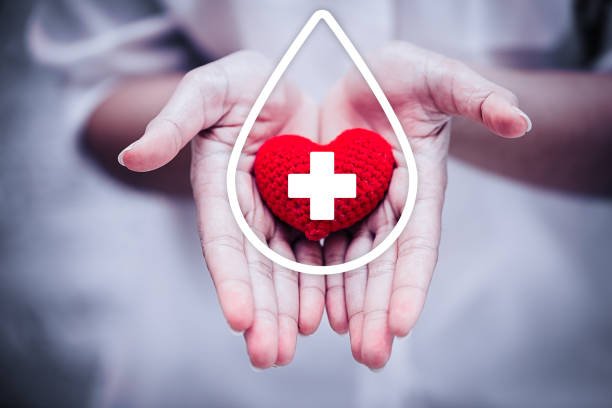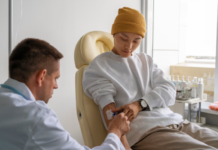The Alliance for Paired Kidney Donation’s kidney match algorithm only works when we have a database of willing living donors. While many living donors come from people who have an immediate family member or close friend in need of a kidney, we also accept people who simply want to be part of the kidney exchange process without having a person in their life who could benefit. If you have considered being a living donor, here is a bit more about the process and how it works.
Determine Eligibility
In order to be a living donor, you must be a healthy adult between the ages of 18 and 65. You must not have chronic health conditions, like diabetes, high blood pressure, or cancer, that make the surgery risky. You must also not have any condition, like HIV or hepatitis, that you could pass on to the recipient. Finally, you cannot have diseases of the kidney, heart, liver or lungs. If you qualify, reach out to us using our living donor application, and we will schedule a series of tests to determine what type of recipient is a perfect match for your specific blood and tissue profile.
Work with a Living Donor Advocate
Once you are registered through the APKD, you will receive a Living Donor Advocate. This person guides you through the process, answers questions and provides support for you as a donor as well as your own family.
If you don’t know a recipient, you are a “Good Samaritan” donor. You will be matched with the best possible recipient using the algorithm, and depending on the particular details of your blood and tissue types, this process can take a little while.
If you have a recipient in mind, and you are not a match, you will be entered into the system as an incompatible pair. This increases the speed at which your recipient can find a match, while allowing you to donate your kidney to someone else who has their own wiling living donor.
Throughout this process, your Living Donor Advocate will help you understand what to expect.
The Procedure and Aftercare
Once you find a donor, you will undergo surgery to remove your kidney. While this is a low-risk surgery, it is still a major surgery and you will need to plan time off work for recovery. You may also need to travel to the recipient’s transplant center, depending on the distance. Our Donor Protection program helps compensate for the costs of this process, including travel cost. You can also get a small stipend for lost wages. However, you will not be paid for your kidney. Paying for organs is illegal.
After the procedure, you will need to have follow-up care, and plan four to six weeks for recovery before returning to hard work.
The paired donation process makes living donation easier and more streamlined for all involved. If you are looking to save a life and are a healthy adult, consider living donation. Through the APKD and our paired donation program, you can tackle this job much more easily.




